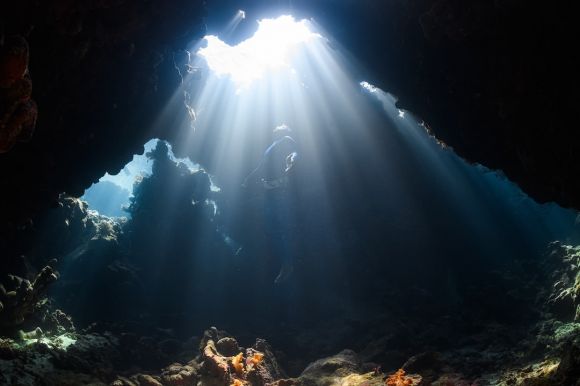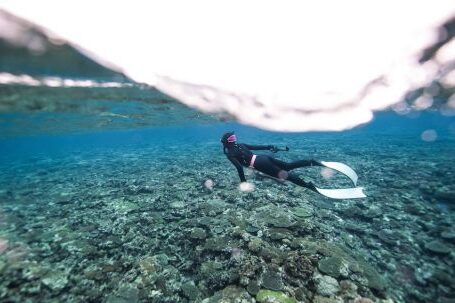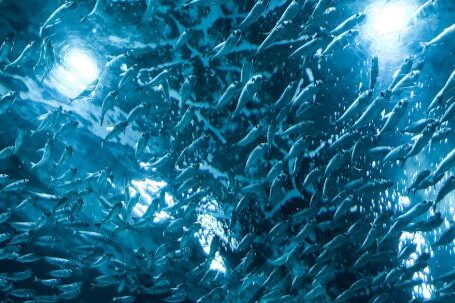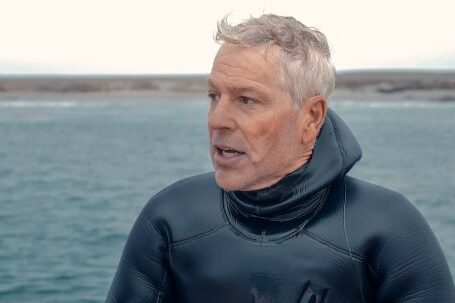Diving is a thrilling activity that allows us to explore the wonders of the underwater world. Nitrox diving, also known as enriched air diving, is a popular technique among scuba divers that involves using a mixture of nitrogen and oxygen with a higher oxygen content than regular air. This article will delve into the science behind nitrox diving techniques, explaining the benefits and considerations of using this specialized gas mixture.
Understanding the Basics of Nitrox
To comprehend the science behind nitrox diving, it is crucial to understand the basics of the gas mixture. Nitrox is a blend of nitrogen and oxygen, with the oxygen content being higher than what is found in regular air. The most common nitrox blend is EAN32, which contains 32% oxygen and 68% nitrogen. This higher oxygen content allows divers to extend their bottom time and reduce the risk of decompression sickness, commonly known as the bends.
The Physiology of Nitrogen
Nitrogen is an inert gas that is present in the air we breathe. When we dive, our bodies absorb nitrogen from the compressed air, which dissolves into our tissues. As we ascend, the pressure decreases, causing the nitrogen to come out of solution and form bubbles. If we ascend too quickly, these nitrogen bubbles can cause decompression sickness, which can be life-threatening.
Reducing the Risk of Decompression Sickness
One of the main benefits of nitrox diving is its ability to reduce the risk of decompression sickness. Since nitrox has a higher oxygen content, it reduces the amount of nitrogen that divers absorb during a dive. This means that the body accumulates less nitrogen, decreasing the risk of decompression sickness. However, it is important to note that even with nitrox, divers must still follow safe diving practices and ascent rates to minimize the risk.
Extended Bottom Time
Another advantage of using nitrox is the ability to extend bottom time. Nitrox allows divers to stay underwater for longer periods compared to regular air diving. This is because the higher oxygen content reduces the nitrogen absorption, allowing divers to spend more time at depth without exceeding safe limits. However, it is crucial for divers to be aware of their maximum operating depth (MOD) for a given nitrox blend, as exceeding this limit can increase the risk of oxygen toxicity.
Oxygen Toxicity
While nitrox diving offers many advantages, divers must also be cautious of the potential risks associated with oxygen toxicity. Oxygen toxicity occurs when divers are exposed to high partial pressures of oxygen for extended periods. This can result in seizures, pulmonary toxicity, and other serious health complications. To mitigate this risk, divers must adhere to safe maximum operating depths and limit their exposure to high partial pressures of oxygen.
Gas Management and Dive Planning
To safely conduct nitrox dives, proper gas management and dive planning are essential. Divers must analyze and label their nitrox cylinders correctly, ensuring that the correct blend is used for each dive. Dive computers and tables specifically designed for nitrox diving should be used to calculate the maximum dive times and depths. Additionally, divers must always monitor their oxygen exposure and surface intervals to minimize the risk of oxygen toxicity.
In conclusion, nitrox diving offers numerous benefits for scuba divers, including reduced risk of decompression sickness and extended bottom time. However, it is crucial for divers to understand the science behind nitrox and the associated risks. Proper gas management, dive planning, and adherence to safe diving practices are crucial to ensure a safe and enjoyable nitrox diving experience. So, the next time you strap on your scuba gear, consider the advantages of nitrox and dive into an extraordinary underwater adventure.





